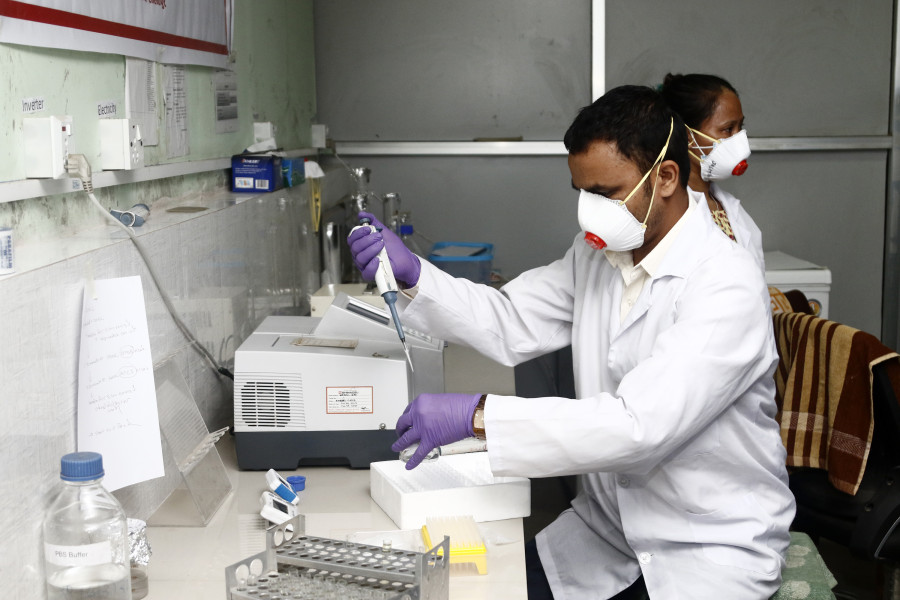Money
Maximum residue limits set for 10 fruits and vegetables
The decision follows a Supreme Court order to continue quarantine checks and tests.
Krishana Prasain
The government has set maximum residue limits for 10 fruits and vegetables to prevent contaminated products that pose a risk to human health from reaching store shelves. The traces of pesticides left on treated farm products are called residues, and the maximum residue level is the legally permitted maximum.
The Department of Food Technology and Quality Control has set maximum residue limits for apple, banana, bitter gourd, eggplant, cabbage, cauliflower, okra, potato, tomato and tea for the first time.
The provision will be implemented after it is published in the Nepal Gazette, said Mohan Kumar Maharjan, spokesperson for the department. Currently, maximum residue limits are in place for processed foods only. He said the department was preparing to fix maximum residue limits for 10 more vegetables and fruits.
According to him, the maximum residue limit was passed by a committee formed to regulate food standards in March and was sent to the World Trade Organisation for comments. “It is considered that Nepal’s proposal to fix maximum residue limits is approved if there are no comments within 60 days,” said Maharjan.
There are seven pesticide residue rapid bioassay labs in the country—Kalimati, Birtamod, Sarlahi, Pokhara, Nepalgunj, Butwal and Attariya.
“Maximum residue limits have been set according to the Codex Alimentarius International Food Standards,” said Maharjan. The Codex Alimentarius International Food
Standards, guidelines and code of practice contribute to safety, quality and fairness in international food trade.
The department moved to fix maximum residue limits following a Supreme Court order to continue quarantine checks and pesticide residue tests at customs points.
According to Maharjan, test results are colour coded—green, yellow and red. If the biological assay result has a red mark, the fruit or vegetable is sent to the department to check its maximum residue limit. It takes around three days to check the maximum residue limit.
Yellow indicates that the product can be consumed after being stored for a few days, and green means it can be consumed directly. Maximum residue limits will be implemented on both imported and domestically produced fruits and vegetables, he said.
Pesticides are used to protect crops from insects, weeds and fungi. They are potentially toxic to humans and can have both acute and chronic health effects, depending on the quantity and ways in which a person is exposed. Some of the older and cheaper pesticides can remain in the soil and water for years.
According to agro experts, the use of pesticides in itself is not harmful, but lack of awareness on the part of farmers on the proper use of pesticides is causing negative health effects.
Most farmers fail to take note of the waiting period.
For example, some crops should not be harvested for 10 to 30 days, or even longer, after applying highly toxic pesticides. But farmers don’t care about the crop waiting period, they said.
***
What do you think?
Dear reader, we’d like to hear from you. We regularly publish letters to the editor on contemporary issues or direct responses to something the Post has recently published. Please send your letters to [email protected] with "Letter to the Editor" in the subject line. Please include your name, location, and a contact address so one of our editors can reach out to you.




 13.12°C Kathmandu
13.12°C Kathmandu














